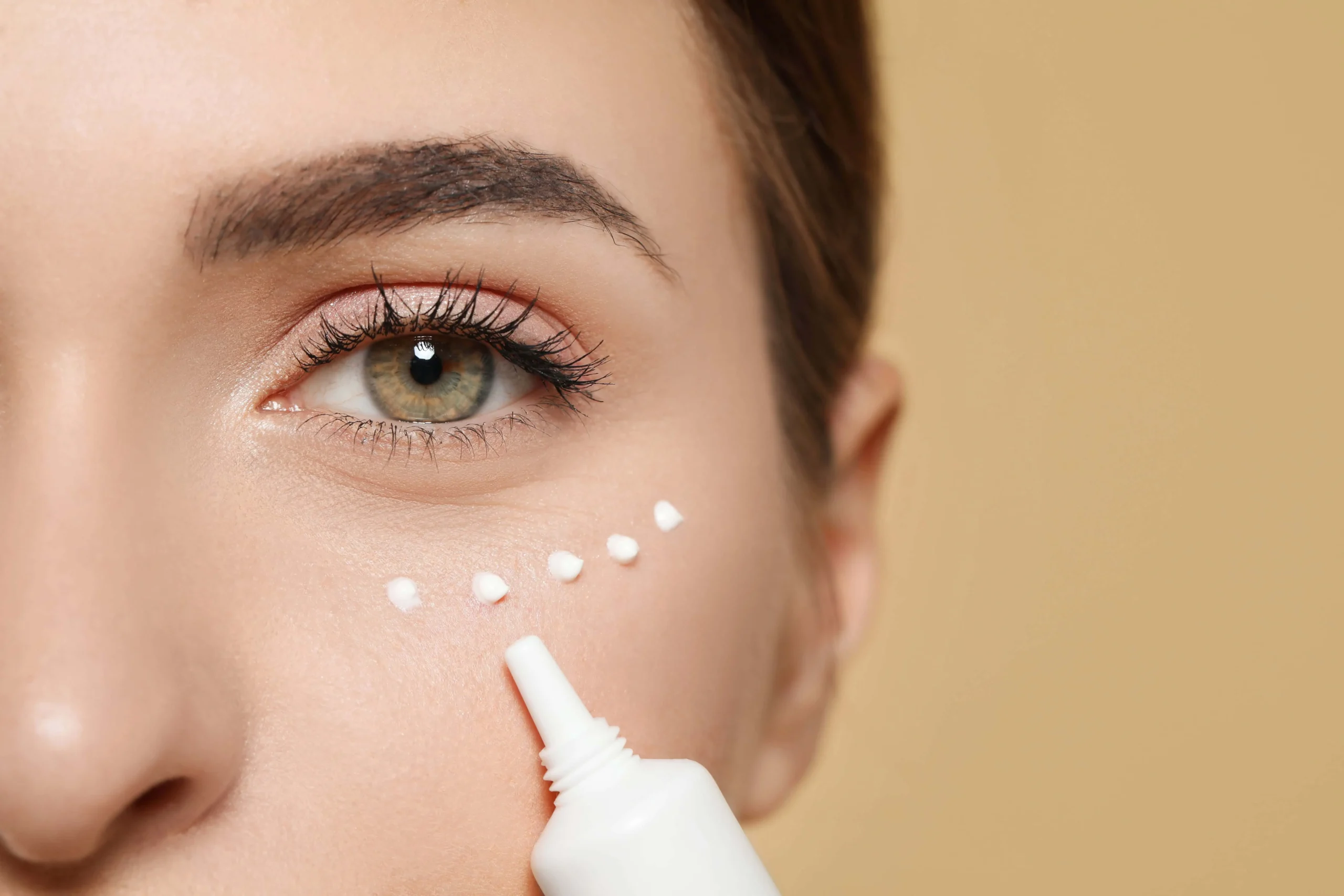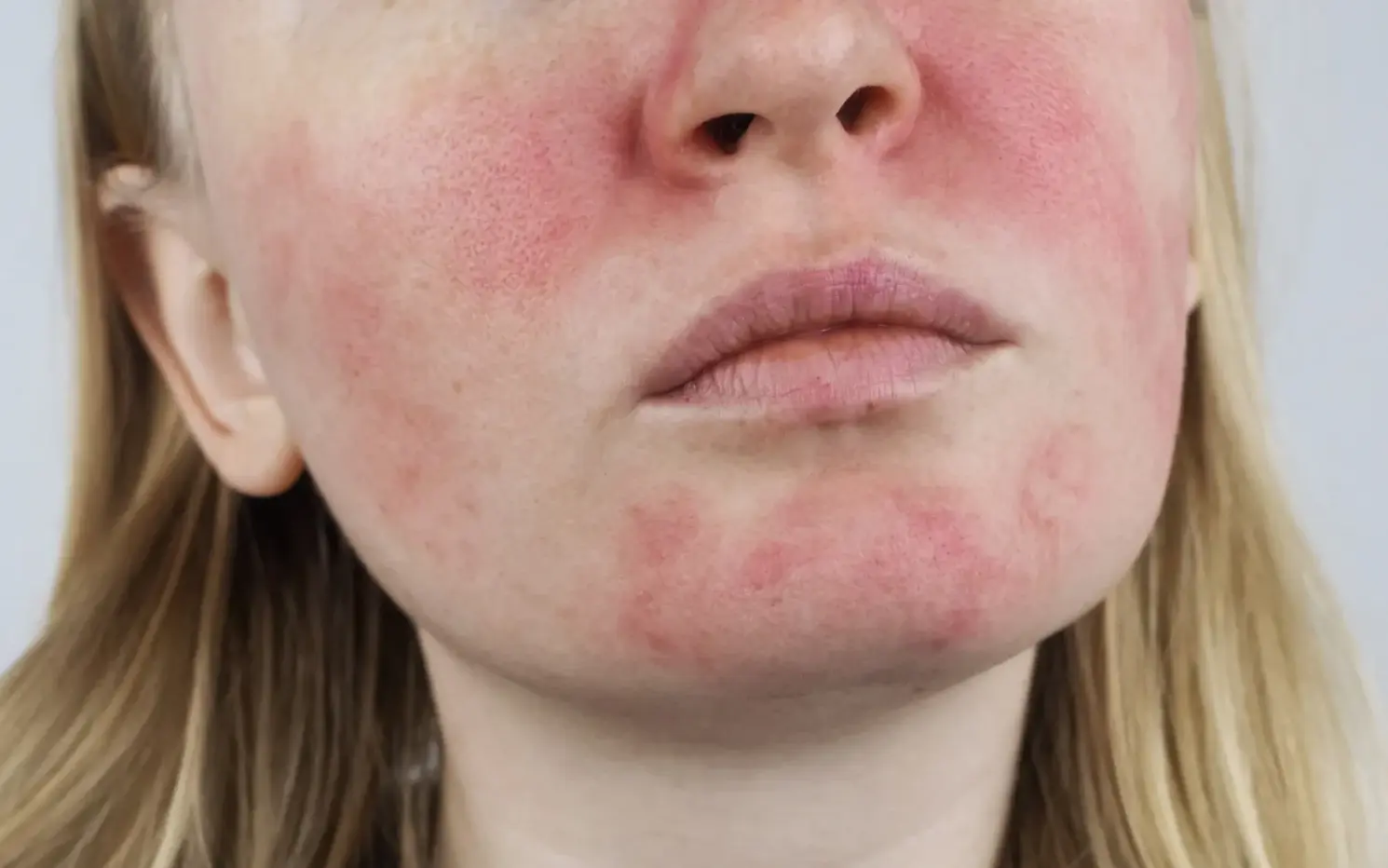Knowing what kind of skin you have is essential to starting a skincare regimen that works. Your skin type influences how your skin reacts to various products and environmental factors, and it can guide you in selecting the most suitable skincare products and treatments. Whether you have oily, dry, combination, or sensitive skin, knowing your skin type helps you tailor your skincare routine to meet your unique needs. In this blog post, we’ll explore effective methods to figure out your skin type and offer tips for maintaining healthy, balanced skin.
1. The Bare-Faced Test
Step-by-Step:
-
- Cleanse Your Face: Use a gentle cleanser to remove all makeup, sunscreen, and impurities from your skin. Avoid using any additional products like toners or moisturizers.
- Wait and Observe: After cleansing, leave your skin bare and wait for about an hour. This allows your skin to return to its natural state and helps you observe how it behaves without any products.
- Assess Your Skin:
- Oily Skin: If your skin feels greasy or shiny, particularly in the T-zone (forehead, nose, and chin), you likely have oily skin.
- Dry Skin: Your skin may be dry if it feels tight, rough, or flaky.
- Combination Skin: If you notice that your T-zone is oily while other areas, such as your cheeks, are dry or normal, you have combination skin.
- Normal Skin: If your skin feels comfortable, balanced, and neither oily nor dry, you have normal skin.
Why It Works: This method helps you gauge how your skin behaves when not influenced by external products, providing a clear view of its natural characteristics.
2. The Blotting Paper Test
Step-by-Step:
-
- Cleanse Your Face: As with the bare-faced test, start by cleansing your face to remove any products and impurities.
- Use Blotting Paper: Gently press a blotting paper or tissue against different areas of your face, including the forehead, nose, cheeks, and chin.
- Analyze the Results:
- Oily Skin: If the blotting paper picks up a significant amount of oil from multiple areas, you likely have oily skin.
- Dry Skin: If the blotting paper shows little to no oil and your skin feels dry or tight, you probably have dry skin.
-
-
- Combination Skin: If the blotting paper shows oil in the T-zone but not on the cheeks, you have combination skin.
- Normal Skin: If the blotting paper shows minimal oil and your skin feels balanced, you likely have normal skin.
-
Why It Works: Blotting papers can quickly reveal areas where excess oil is produced, helping you determine your skin type.
3. The Skin Sensitivity Test
Step-by-Step:
-
- Apply a Small Amount of Product: Use a new skincare product or ingredient on a small, discrete area of your face, such as behind your ear or along your jawline.
- Observe for Reactions: Monitor the area for any signs of redness, itching, burning, or irritation over the next 24 hours.
- Assess Your Skin Type:
- Sensitive Skin: If you experience any adverse reactions or sensitivity, you may have sensitive skin.
- Normal Skin: If there is no reaction, your skin is less likely to be sensitive.
Why It Works: Testing new products on a small area helps identify sensitivity or allergic reactions, giving insight into how your skin may react to different ingredients.
4. The Hydration Test
Step-by-Step:
- Cleanse and Wait: After cleansing your face, wait for about 30 minutes to an hour without applying any products.
- Touch Your Skin: Gently touch your skin with your fingers, paying attention to its texture and feel.
- Assess Your Skin:
- Oily Skin: If your skin feels greasy or slick, you likely have oily skin.
- Dry Skin: If your skin feels tight, rough, or parched, you may have dry skin.
- Combination Skin: If some areas feel oily while others feel dry or normal, you have combination skin.
- Normal Skin: If your skin feels balanced and comfortable, you likely have normal skin.
Why It Works: This test helps determine your skin’s hydration levels, which can be indicative of your skin type.
5. The Daily Routine Test
Step-by-Step:
- Observe Daily Changes: Pay attention to how your skin feels throughout the day with your regular skincare routine.
- Note Any Changes: Take note of when and where your skin feels oily, dry, or sensitive throughout the day.
- Assess Your Skin Type:
- Oily Skin: If your skin appears greasy or shiny by midday, especially in the T-zone, you likely have oily skin.
- Dry Skin: If your skin feels dry or flaky throughout the day, you probably have dry skin.
- Combination Skin: If your skin shows signs of both oiliness and dryness in different areas, you have combination skin.
- Normal Skin: If your skin feels balanced and comfortable throughout the day, you likely have normal skin.
Why It Works: Monitoring your skin’s behavior throughout the day helps identify any fluctuations or specific areas of concern, providing a comprehensive view of your skin type.
6. Consult a Dermatologist
When to Consider: If you’re still unsure about your skin type or have specific skin concerns, consulting a dermatologist can provide a professional evaluation and personalized recommendations.
Why It Works: Dermatologists have the expertise to accurately diagnose skin types and conditions, offering tailored advice and treatment options.
Conclusion
Determining your skin type is essential for developing a skincare routine that addresses your individual needs and concerns. By using these effective methods—such as the bare-faced test, blotting paper test, sensitivity test, hydration test, and daily routine observations—you can gain a better understanding of your skin and choose products that promote its health and balance. Remember, your skin type can change over time due to various factors, so it’s important to reassess periodically and adjust your skincare routine accordingly. With the right approach, you’ll be on your way to achieving healthy, glowing skin tailored to your unique needs.





